The Indian currency has a fascinating history, and there are several interesting facts about it. Here’s a look at some key facts about the Indian Rupee (INR) and its history:
💰 Indian Currency: More Than Just Rupees and Coins!
Let’s be real — we all love money. Whether it’s to buy your favorite chai, binge-watch on your streaming app, or save up for a Goa trip, money plays a major role in our daily lives. But have you ever taken a moment to actually look at the money in your wallet or UPI app and wonder where it all came from?
Indian currency isn’t just a bunch of numbers on a screen or colorful paper in your hand — it’s a blend of history, art, economics, politics, and a dash of desi flavor. So grab your wallet, take out a ₹10 or ₹500 note, and let’s dive into the fascinating world of Indian currency.
🏛️ A Little Bit of History (Not Boring, Promise!)
Let’s rewind to ancient times — way before UPI and Paytm ruled our lives.
Believe it or not, India was one of the first places in the world to use coins, way back around the 6th century BCE. These early coins were mostly made of silver and copper, and they didn’t have Gandhi ji smiling on them. Instead, they had symbols like animals, suns, or religious motifs. Super aesthetic!
During the Mauryan Empire, coins became a regular thing. Fast forward to the Mughal era, and you had coins that were so beautiful and detailed, they could’ve been in a museum. And then came the British, who introduced the rupee as the official currency.
By the time India gained independence in 1947, we had a whole mix of coins and notes. But in 1957, things got a bit more modern when the decimal system was introduced. That’s when the Indian rupee was divided into 100 paise — and the currency you know today started taking shape.
🇮🇳 The Symbol of the Rupee
Here’s something cool — the ₹ symbol you see everywhere? That wasn’t always there.
In 2010, India officially adopted the ₹ symbol for the rupee. Designed by Udaya Kumar, it’s a clever combo of the Devanagari “र” and the Latin “R”, with two horizontal lines that represent the national flag and the equal sign (stability, balance, all that good stuff).
It made India part of a select club — joining the US dollar ($), British pound (£), euro (€), and yen (¥) with a unique identity. Desi pride, right?
💸 What’s in Your Wallet? A Tour of Indian Notes
If you’ve looked closely at Indian banknotes, you’ve probably noticed they’re not just colorful paper — they’re like mini history books and cultural showcases.
Here’s a quick snapshot of the current Mahatma Gandhi (New) Series of notes introduced by the Reserve Bank of India (RBI) in 2016:
- ₹10 – Color: Chocolate brown. Back design: Sun Temple, Konark.
- ₹20 – Color: Bright yellow. Back design: Ellora Caves.
- ₹50 – Color: Fluorescent blue. Back design: Hampi with Chariot.
- ₹100 – Color: Lavender. Back design: Rani ki Vav (a stepwell).
- ₹200 – Color: Bright orange. Back design: Sanchi Stupa.
- ₹500 – Color: Stone grey. Back design: Red Fort.
- ₹2000 (being phased out) – Color: Magenta. Back design: Mangalyaan (India’s Mars mission).
Front side? Always has Mahatma Gandhi — the face of peace, freedom, and now, your wallet.
These notes aren’t just pretty — they’re loaded with security features like watermarks, security threads, color-changing ink, and even features for the visually impaired.
🪙 The Humble Coins: Still in the Game!
While we’re all tapping phones and scanning QR codes, coins are still doing their job, quietly.
You’ll usually find:
- ₹1, ₹2, ₹5, and ₹10 coins in circulation.
- Some old ₹20 coins exist, shaped like flowers, but they’re rare.
- Coins are minted in places like Mumbai, Kolkata, Hyderabad, and Noida — each with a little mint mark you can spot.
Fun fact: Even though coins have smaller value, they’re legal tender, and businesses can’t refuse them. So the next time someone gives you that look for paying in coins? Flash a smile and remind them it’s official money.
📲 Welcome to Digital Dhamaka: The Rise of UPI
If you live in India in 2025 and still don’t know about UPI, are you even living?
Unified Payments Interface, or UPI, has totally changed the money game. Now you don’t need physical cash — just a smartphone, a bank account, and boom, you’re paying chaiwala and buying clothes on Myntra with the same swipe.
From Paytm, PhonePe, Google Pay, BHIM, to even WhatsApp Pay, the Indian currency system is now digital, fast, and super convenient. And yes, it’s become a global model — even other countries are looking at India’s payment revolution with wide eyes.
🕵️♂️ Fake Notes & Money Mysteries
With great currency comes great responsibility… and unfortunately, some shady business.
Fake currency has been a problem for decades. That’s why newer notes have improved features to fight counterfeiting. Still, if you ever doubt a note, look for these:
- Watermark of Gandhi
- Color-shifting thread
- Microlettering
- Raised printing
- See-through register
Also, if you accidentally get a damaged or torn note, don’t panic — banks will exchange them for free under RBI rules.
🌐 Indian Currency Abroad: Not Always Welcome
You might be proud of your rupees, but try using them outside India — and you’ll probably get a polite “No, thank you.” 😅
The Indian rupee is not fully convertible, meaning you can’t freely exchange it everywhere in the world. Some countries like Nepal, Bhutan, and a few in the Gulf might accept it, but otherwise, it’s best to exchange before traveling.
But hey — that’s also because India keeps tight control on its currency to prevent black money, illegal flows, and inflation.
💹 Value of the Rupee: Why It Fluctuates
You might’ve heard people saying things like “The rupee fell today” or “It gained against the dollar.” What’s all that about?
Well, currencies are like stocks — their value goes up and down depending on:
- Demand in international markets
- Oil prices
- Inflation and interest rates
- Political stability
- Foreign investment
So when the rupee weakens, imported goods become expensive. When it strengthens, people cheer. It’s like the financial version of a cricket match — everyone has an opinion.
💬 Final Thoughts: It’s Not Just Money, It’s a Story
Indian currency isn’t just about rupees and paisa — it’s a living, breathing story of India’s past, present, and future.
It tells tales of emperors and freedom fighters, of modern technology and rural bazaars, of national pride and daily survival. It’s something we earn, save, spend, sometimes lose, and always value — not just for its power, but for what it represents.
So the next time you hold a ₹100 note or scan a QR code to pay for your pani puri, remember — you’re handling more than just money. You’re holding a piece of India’s journey.
Now that’s something worth treasuring. 💵🇮🇳
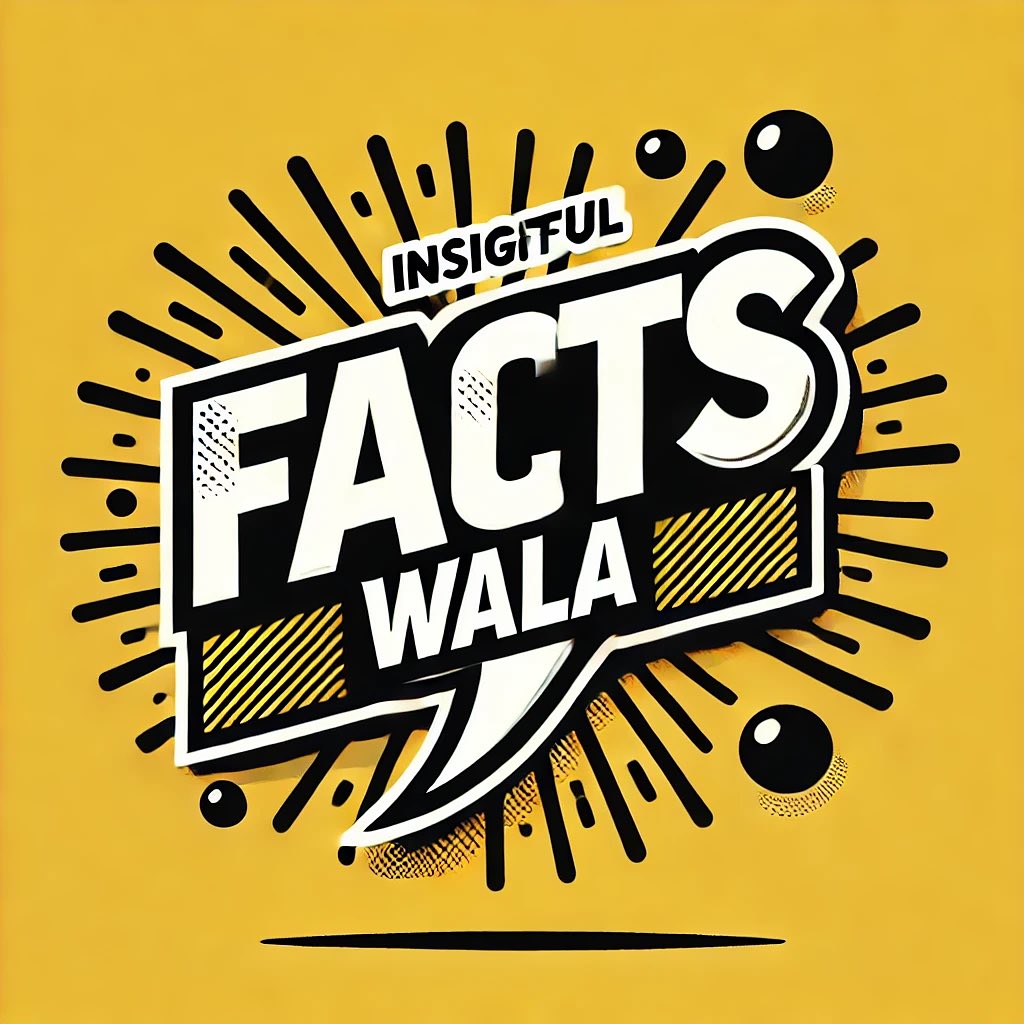
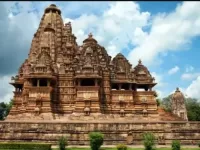




























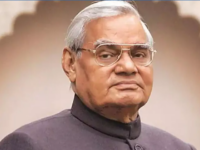




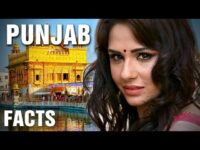
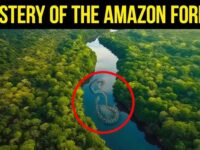

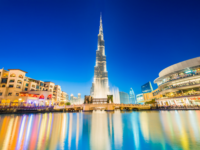












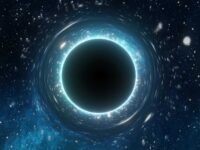











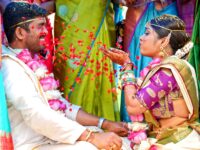



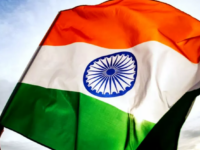








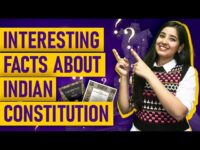



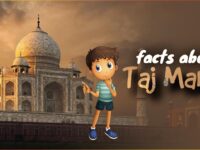



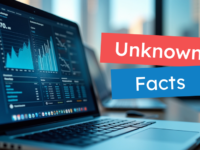
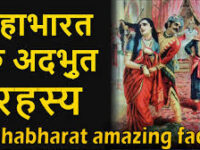
















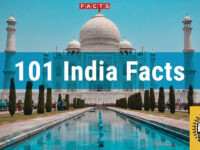
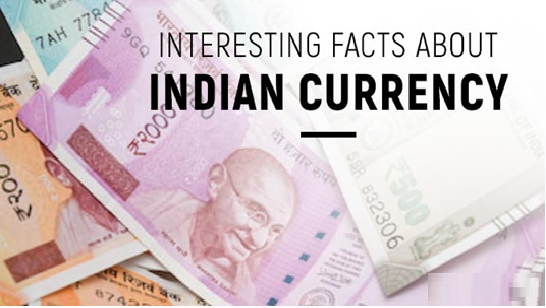
0 Comments